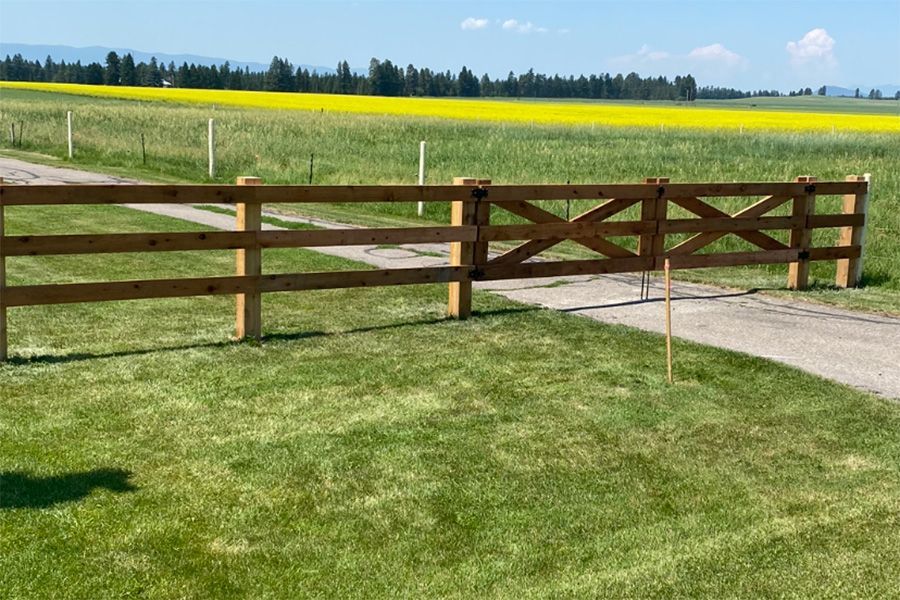Deciding on the perfect fencing for your property might seem difficult. Let’s compare continuous panel fencing with traditional fencing to make the choice clearer.
Comparison of Materials and Costs
The materials you choose for your fence significantly affect its price and performance:
- Continuous Panel Fencing: Made from welded steel, this type of fencing is built for long-term strength and resilience. Though the upfront cost can be more, it saves money in maintenance down the road.
- Traditional Fencing: Includes options like wood, barbed wire, or vinyl. While often less expensive upfront, these materials may require frequent repairs or replacements, increasing long-term costs.
Maintenance and Durability Factors
Considering long-term durability and maintenance, here's how the two types of fencing measure up:
- Continuous Panel Fencing: Designed for toughness, continuous panel fencing can withstand harsh weather and livestock-related impacts. It requires very little maintenance, typically only occasional cleaning or rust treatment.
- Traditional Fencing: Prone to weather-related wear, wood fences can rot, while barbed wire and vinyl can break or degrade over time. Regular upkeep is often necessary to maintain functionality and appearance.

Visual Appeal of Fencing Types
The visual impact of your fence contributes to your property’s overall charm:
- Continuous Panel Fencing: Offers a modern, streamlined look that complements both agricultural and residential properties. The sleek steel design can be customized with finishes and accessories.
- Traditional Fencing: Traditional wood and vinyl fences bring a rustic, timeless look, while barbed wire tends to prioritize function over style.
Suitability for Various Applications
Different fencing types serve different purposes:
- Continuous Panel Fencing: Ideal for livestock containment, property boundaries, and high-traffic areas where durability is critical.
- Traditional Fencing: A good choice for smaller spaces, decorative uses, or situations where cost is a concern.
Conclusion: Making an Informed Decision
To make an informed choice between continuous panel and traditional fencing, evaluate your priorities carefully:
- For long-term durability and low maintenance, continuous panel fencing stands out as the best option for durability and minimal upkeep.
- For a more budget-friendly or decorative option, traditional fencing may offer a more affordable and visually appealing alternative.
Assess your needs, budget, and aesthetic preferences to make the best decision for your property.